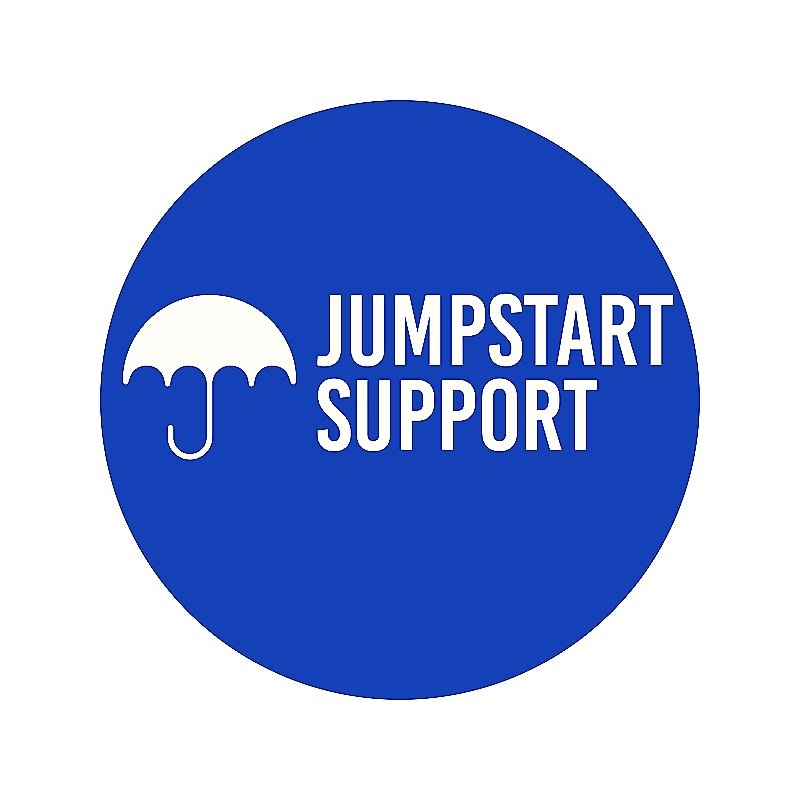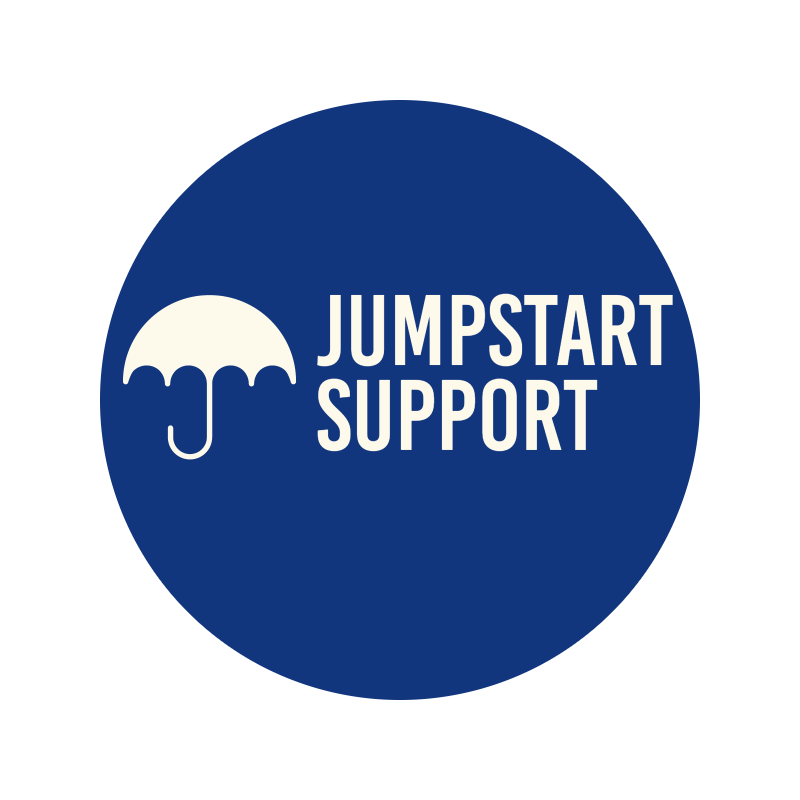Building a Neurodiversity-Friendly Workplace Culture: Tips for Employers
In modern workplaces, the quest for diversity and inclusion has taken centre stage, and for good reason. A diverse workforce can offer a range of perspectives, spark innovation, and lead to better problem-solving. One aspect of diversity that has gained attention in recent years is neurodiversity, which embraces the differences in how our brains function. For employers and hiring managers, this presents a unique challenge and opportunity to create a more inclusive workplace environment.
This comprehensive guide is for those committed to championing neurodiversity within their organisations. We'll explore why neurodiversity matters, the business case for its inclusion, and provide practical strategies and tips for building a supportive culture that caters to neurodiverse individuals.
Understanding Neurodiversity and Its Importance in the Workplace
Neurodiversity is the idea that neurological differences like autism, ADHD, dyslexia, and others are the result of natural variations in the human genome. It transcends traditional diagnostic labels and points to the reality that we all think and behave differently. From an employment perspective, neurodiversity is about valuing these differences and harnessing the unique strengths that neurodiverse individuals can bring to the workplace.
Employers often overlook neurodiverse candidates due to misconceptions or an underestimation of their potential. However, businesses that actively recruit and support neurodiverse employees not only tap into a pool of talented individuals but also foster a culture of acceptance and innovation.
Current Challenges Faced by Neurodiverse Job Seekers
Despite the growing acceptance of neurodiversity, many neurodiverse individuals still encounter significant barriers in the job market. These may include:
Access to Opportunities: Limited job opportunities targeted at neurodiverse individuals.
Recruitment Processes: Traditional recruitment methods that are not designed for neurodiverse candidates.
Workplace Culture: A lack of understanding and accommodation in the workplace environment.
To address these challenges, employers must reevaluate their approach to hiring and workplace culture.
The Business Case for Neurodiversity in the Workplace
There is a clear business case for cultivating a neurodiverse workforce. Numerous studies have shown that diverse teams outperform their less diverse counterparts, particularly when it comes to innovation and problem-solving.
Benefits of a Neurodiverse Workforce
Neurodiverse employees bring a range of unique skills and perspectives that can benefit your organisation, including:
Enhanced Innovation: Neurodiverse thinkers often see solutions that others might miss, leading to more creative approaches.
Effective Problem-Solving: Different thinking styles can lead to a more thorough and effective analysis of complex problems.
Increased Productivity: Many neurodiverse individuals excel in tasks that require deep focus and attention to detail.
Examples of Successful Companies
Companies such as SAP, Microsoft, and EY, among others, have made significant strides in creating inclusive workplaces for neurodiverse talent. By pioneering programs tailored to the needs of neurodiverse employees, these businesses have seen measurable benefits in their operations and culture.
Understanding the Needs of Neurodiverse Individuals
To support neurodiverse employees, it's essential to understand the conditions that fall under the neurodiversity umbrella and the accommodations that may be necessary.
Overview of Different Neurodiverse Conditions
Autism, ADHD, dyslexia, and other conditions are commonly associated with neurodiversity. Each condition comes with its own set of strengths and challenges, and it's important to approach each individual's experience with an open mind and a willingness to learn.
Common Workplace Accommodations and Support Strategies
Accommodations can include flexible work hours, noise-cancelling headphones, or the use of assistive technology. Support strategies may involve clear communication, job carving to match skills with tasks, and structured mentorship programs.
Building a Neurodiversity-Friendly Recruitment Process
Creating an inclusive recruitment process is the first step towards attracting neurodiverse candidates. From job descriptions to the interview stage, every aspect of the hiring process should be reviewed and adjusted as needed.
Inclusive Job Descriptions and Applications
Job descriptions should be clear and focus on competencies rather than specific qualifications. Use gender-neutral language and keep the application process simple, avoiding unnecessary 'tests' or hoops to jump through.
Interview Techniques that Cater to Neurodiverse Strengths
Structured interviews with pre-prepared questions provide a level playing field and allow candidates to present their best selves. Interactive exercises or work trials can also be beneficial, as can allowing candidates to provide work samples or portfolios in lieu of, or in addition to, traditional interviews.
Creating a Supportive Workplace Culture
An inclusive culture is critical to the success of your neurodiversity initiatives. This involves not only the implementation of policies but also a genuine commitment from leadership to foster an inclusive environment.
Training for Managers and Employees on Neurodiversity
Regular training sessions can help colleagues understand the strengths and needs of their neurodiverse peers. This can promote a supportive work environment and reduce any stigma associated with neurodiverse conditions.
Open Communication and Mentorship
Establishing clear lines of communication and providing mentorship opportunities can help neurodiverse employees to thrive in the workplace. Mentors can offer guidance, support, and practical insight that can be invaluable to their professional development.
Case Studies and Best Practices
To put these strategies into context, we'll examine real-world examples of companies that have successfully embraced neurodiversity in their workforce. From multinational corporations to local businesses, there is much to learn from those leading the way.
Real-World Examples
We will explore how companies have tailored their onboarding procedures, designed workspaces, and provided ongoing support to accommodate neurodiverse team members. These initiatives not only benefited the individuals but also had a positive ripple effect on the company as a whole.
Strategies for Small and Medium-sized Businesses
Neurodiversity initiatives are not the exclusive domain of large corporations. Small and medium-sized businesses can also play a significant role by creating simple, effective programs that cater to the needs of neurodiverse individuals.
Conclusion
Neurodiversity is an essential part of the broader diversity and inclusion conversation. By intentionally creating an environment that supports neurodiverse individuals, you enrich your team with a richer tapestry of talents and perspectives. Remember, a commitment to neurodiversity is not just the right thing to do—it's also good for business. Whether you're leading a multinational organisation or a budding startup, there are tangible steps you can take to promote a neurodiversity-friendly culture.
Employers who recognize the value of neurodiversity and act on it will undoubtedly be at the forefront of the workplace evolution. If you're ready to take the next step towards a more inclusive workplace, we encourage you to explore the tips and strategies outlined in this post, adapting them to your company's unique needs and values.
If you have questions or need further guidance on implementing neurodiversity initiatives in your organisation, don't hesitate to reach out. Our team at Jumpstart is here to help you on your inclusive hiring and workplace diversity path. Together, we can build a future where every mind is valued and every person is empowered to reach their full potential.

